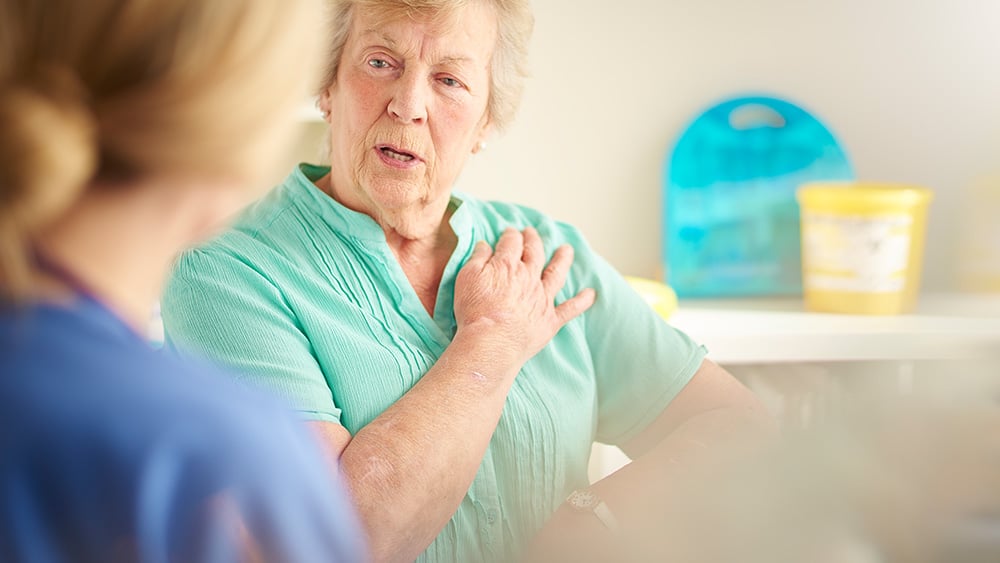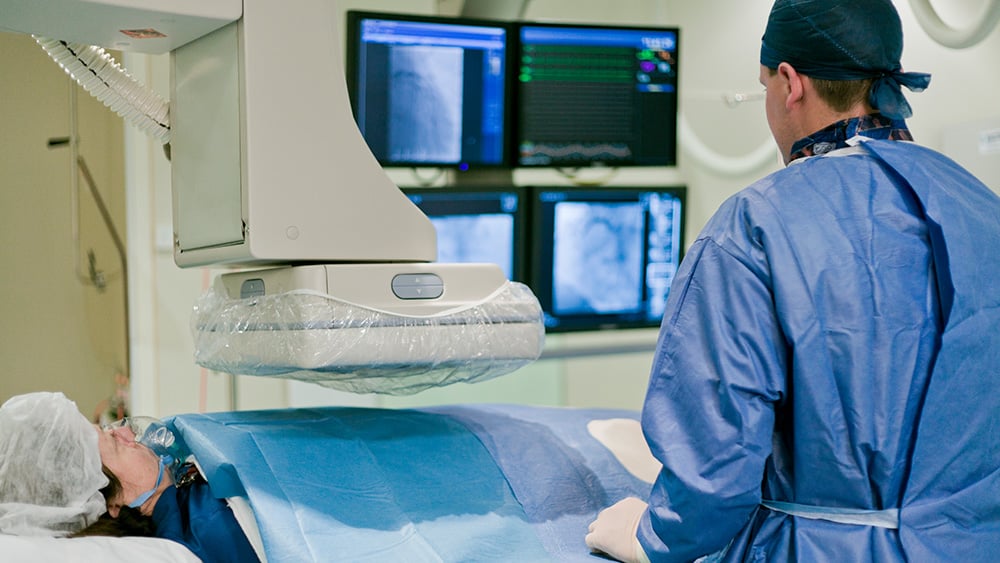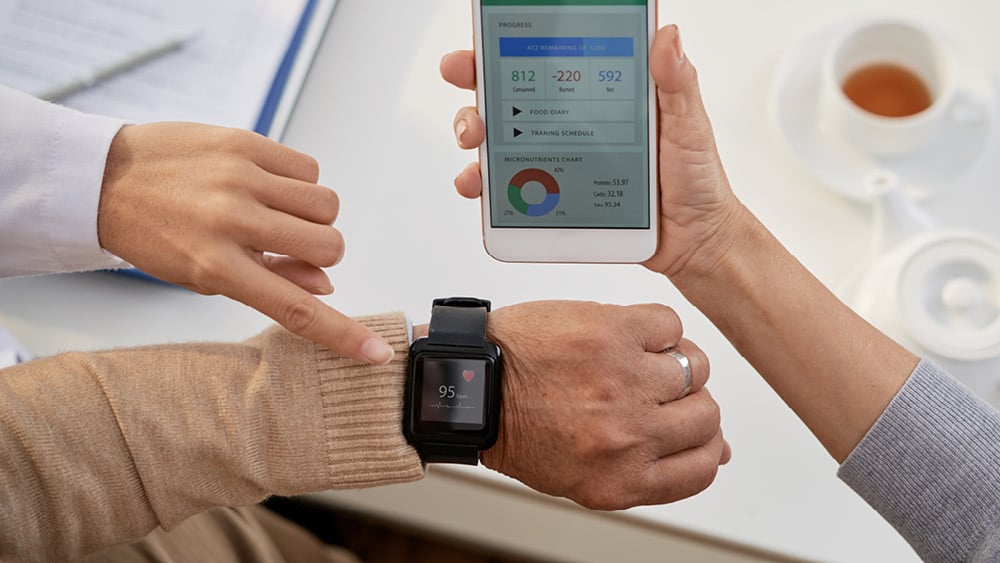September is Peripheral Arterial Disease Month, which is designed to bring awareness to the disease with which millions of Americans live.
Ryan Lydon, MD, is a vascular surgeon with Rochester Regional Health who treats PAD in addition to all other vascular conditions. He explains the disease, how it is recognized, and how the highly-skilled team of Rochester Regional Health’s Vascular Surgery Associates treats it.
What is Peripheral Arterial Disease?
Peripheral Arterial Disease (PAD) is a condition in which blood flow is reduced to the extremities, usually due to blockages within the arteries themselves.
These blockages are usually due to a build-up of plaque within the arteries, which is referred to as atherosclerosis. With your arteries circulating less blood to your extremities, people with PAD may experience leg pain that feels like cramping or muscle pain.
Other parts of your body can also have reduced blood flow – including the heart, brain, arms, legs, pelvis and kidneys, according to the American Heart Association.
Approximately 6.5 million people in the United States have PAD. Those over the age of 60 tend to be at a higher risk for the disease. African American patients also tend to have a higher risk, according to the CDC.
Other factors that can raise your risk for PAD include:
- Tobacco use
- High blood pressure
- High cholesterol
- Diabetes
- Family history of PAD or heart disease
Recognizing the symptoms
The most common symptom of PAD is leg pain. Leg pain caused by restricted blood flow to your legs and feet is called claudication. Claudication can also be felt in your calves, thighs, hips, and buttocks.
Due to restricted blood flow, a person with PAD may also feel cool to the touch on their legs and feet.
- Some other symptoms can include:
- Numbness in legs or feet
- Slower hair growth or hair loss on legs
- Slower toenail growth
“People who have PAD also have a higher risk of heart attack and stroke, so it is important to check with your primary care provider or cardiologist about your concerns,” Dr. Lydon said.
Prevention and treatment options
Some of the recommended ways to prevent PAD are through maintaining a healthy lifestyle. This is most commonly done by exercising 30 minutes a day and eating healthier.
Other practices to incorporate might be to:
- Keep blood sugar levels under control
- Lower cholesterol levels
- Lower blood pressure levels
- Maintain a healthy weight
“If you are a smoker or tobacco user, quitting smoking can be a big step toward helping your health overall,” Dr. Lydon said. “It is better not just for your heart, but also for reducing your risk for cancer, stroke, heart disease, and other serious health conditions – including PAD.”
For people who are diagnosed with PAD, these same practices can still work to help reduce their overall risk for heart-related conditions.
There is no cure for PAD. Some patients may require surgery to open or bypass blocked arteries. Providers may prescribe medication to help to deal with some of the symptoms including cholesterol-lowering drugs, high blood pressure-lowering medication, anti-clotting medication, and/or daily aspirin.








